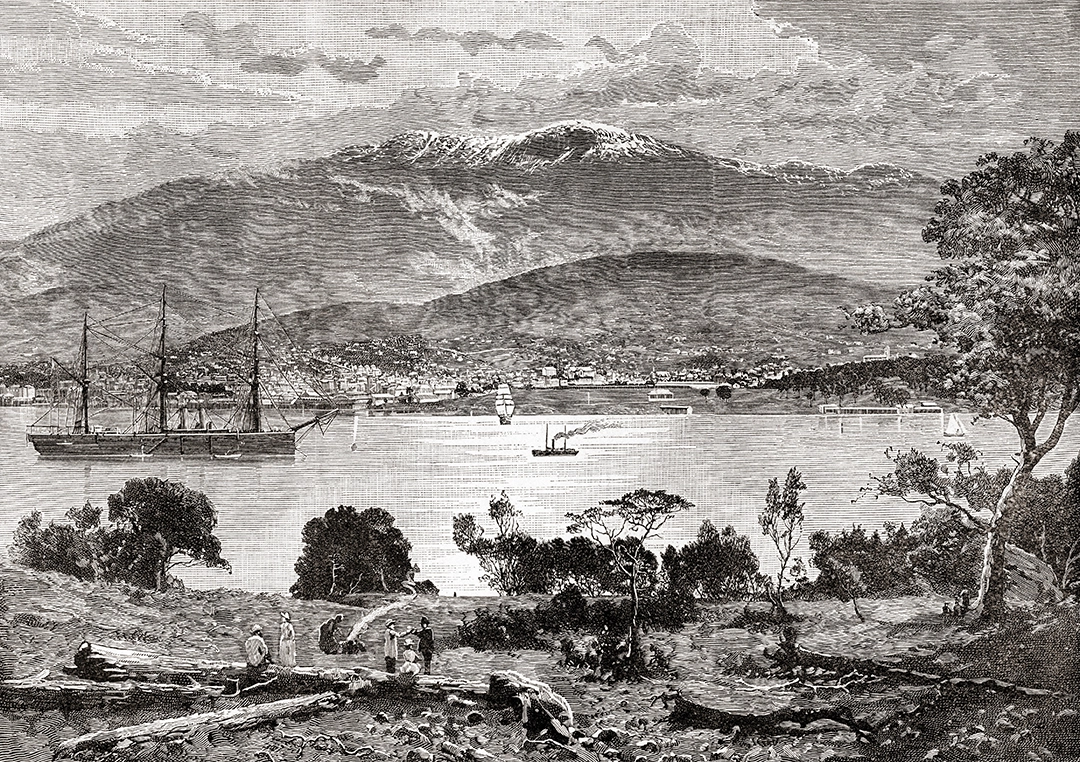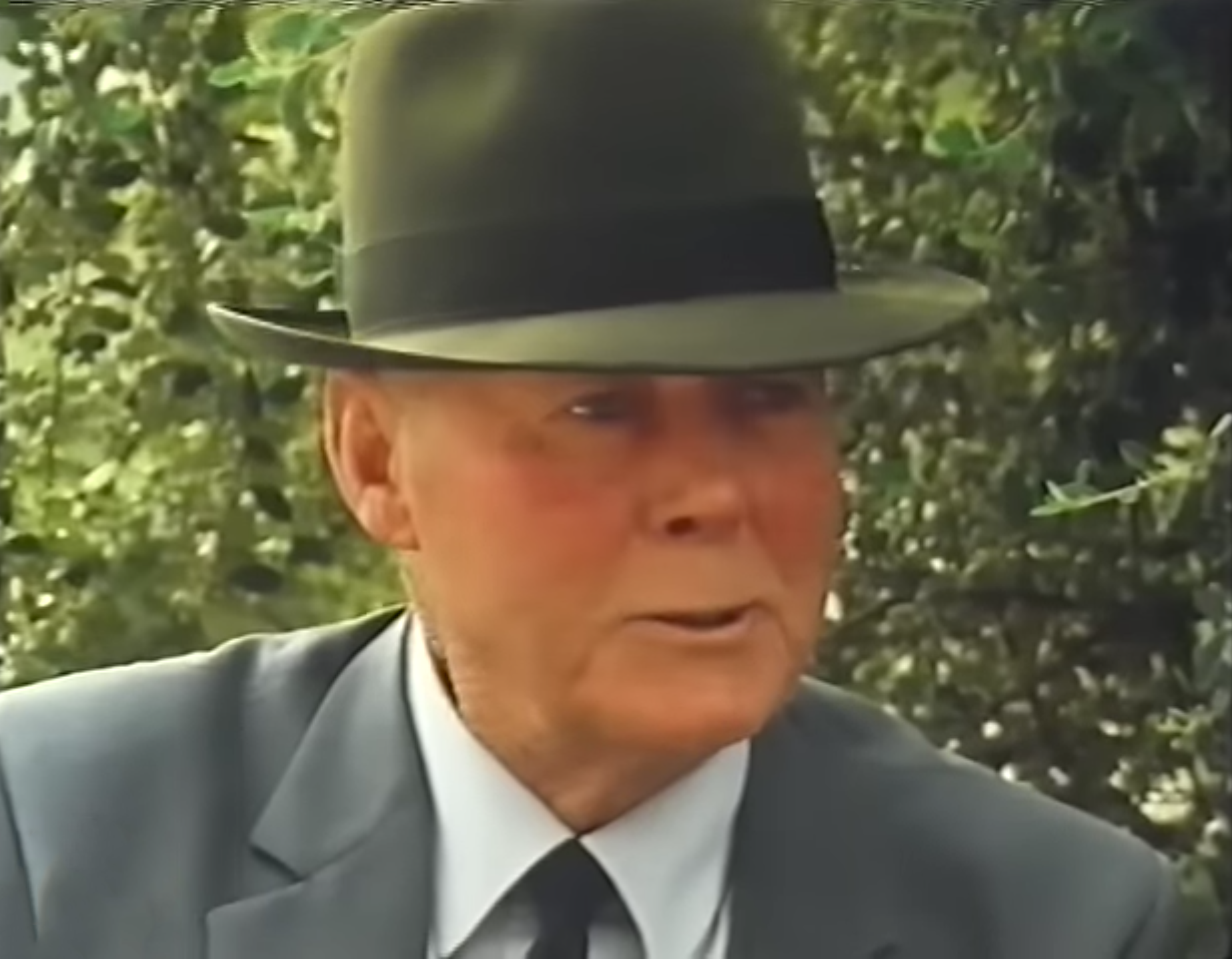Formerly called Clarence Hills, Droughty Point Peninsula was originally completely forested - now a few very old gum trees remain today. The southern end is the Droughty Promontory, shown as Point Eliza in the Hayes Chart of 1798, and by the French as Point Laigne (named after Patrice-Gaspard Laigne), an officer on the d’Entrecasteaux voyage of 1792 (Robert-Morris Nunn).
The first whaling station in Tasmania (and possibly Australia) was established at Tryworks Point on Droughty Peninsula by William Collins in 1805. The name came from the “try pots”, large iron pots used by the whalers to extract oil from the blubber of whales. Wood for the try pot fires was taken from the peninsular forests.
Whaling was one of the first major industries in Tasmania, and the colony was well-suited to the production of whale oil and whalebone:
- Abundant whales: The bays and inlets along the coast were home to large numbers of southern right whales during their annual migration north from Antarctica.
- Proximity to Pacific whaling grounds: The colony was close to the Pacific whaling grounds.
- Demand: Whale oil was in demand in Britain for street lighting and industrial processes, and whalebone was used in women's fashion.
Whaling reached its peak in the 1830s, with more than 30 bay whaling stations operating in the colony. However, the resource was overfished during the 1840s, and the industry declined. The last whaling station in Australia closed in 1978.
Henry Jones began his career at the age of 13 in George Peacock’s jam factory in Hobart. In 1891 he established H. Jones & Company in Hobart. In 1903 Henry created the IXL brand which was based on his motto, “I excel in everything I do”. The IXL building still stands today on the Hobart waterfront. Much of the wood for the boilers of the jam factory came across the Derwent from the peninsula.
In the 1840’s the Chipman family began farming on Droughty Point. Ultimately all of the hills were cleared for farming that continues today. In recent times the land has been used for cropping that has included poppies harvested for medicinal marijuana as well as grazing sheep and cattle.

